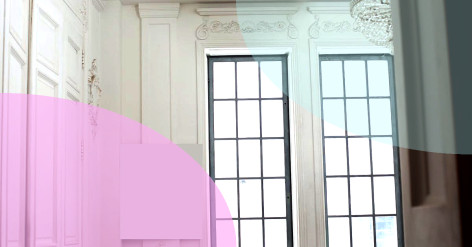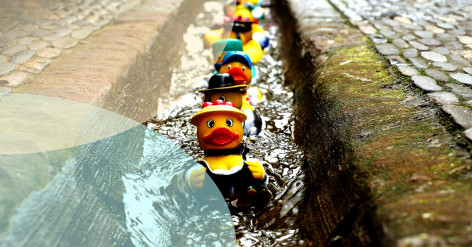How to choose the perfect wallpaper for your DIY project

Finding Your Personal Style: The World of Wallpapers Awaits
A well-chosen wallpaper can be the cherry on top of any DIY project, setting the scene and elevating your space's overall design. However, selecting the most suitable wallpaper can be a daunting task. This guide is here to make the process easier for you. Here are the essential factors to consider while selecting the perfect wallpaper for your DIY project.
1. Types of Wallpaper Materials
2. Patterns and Colors That Suit Your Aesthetic
First things first, let's look at the various types of wallpaper materials available on the market. Each type has its pros and cons, so understanding these differences is key to a successful DIY project.
-
Vinyl: This popular material is washable, durable, and an excellent choice for areas prone to humidity or high traffic zones. Vinyl wallpapers come in various patterns and designs, making them a versatile option.
-
Non-woven: Made from natural and synthetic fibers, non-woven wallpapers are breathable, washable, and easy to install and remove. They are an eco-friendly choice and a favorite among DIY enthusiasts.
-
Grasscloth: This elegant, all-natural option is made of woven grass fibers and provides a luxurious, textured finish. Grasscloth is an excellent choice for creating a sophisticated, organic look.
When selecting your wallpaper material, think about the room's purpose and the atmosphere you want to create. For example, vinyl is a practical choice for a busy or damp environment, while grasscloth lends itself to more formal, intimate spaces.
Consider the Practicalities: Getting Down to the Nitty-Gritty
Choosing the right pattern and color can be overwhelming, but it's crucial to find a wallpaper that complements your décor and reflects your personality.
Here are some tips to help you find the perfect match:
-
Scale: Consider the size and layout of your room. Large patterns can work in spacious rooms, while small-scale patterns can make a compact space appear more significant.
-
Style: Identify your desired style, whether it's modern, minimalist, traditional, or something else. Some popular wallpaper styles include geometric, floral, and abstract, among others.
-
Color: Think about the mood you want to evoke. Bold colors can make a dramatic statement, while light or neutral tones can make a room appear larger and airier.
If you're unsure where to start, you can seek inspiration from websites like Houzz or Pinterest to get a feel for what appeals to you most.
Related articles
3. Measuring and Calculating the Required Amount
4. Installation: DIY or Hire a Pro?
Measuring your walls correctly is vital to ensure you purchase the right amount of wallpaper. Here's a step-by-step guide to help you get accurate measurements:
- Measure the width and height of the wall using a measuring tape.
- Multiply the width and height to get the total square footage of your wall.
- Check the wallpaper's label to find its coverage per roll and divide the total square footage by the coverage per roll.
- Round up to the nearest whole number to determine the number of wallpaper rolls you need.
Be sure to order a little extra for cutting and matching the patterns, as well as for potential mishaps or repairs.
Home Stretch: Final Tips for the Perfect Wallpapered Space
Depending on your chosen wallpaper type and your DIY experience, you may want to consider hiring a professional wallpaper installer. Non-woven and pre-pasted wallpapers are generally easier to work with, and you may feel more comfortable installing them yourself. However, delicate materials like grasscloth might be best left to professionals.
Now that you've chosen the perfect wallpaper for your DIY project, here are some final tips to help everything come together smoothly:
-
Preparation: Make sure the wall surface is clean, smooth, and primed to ensure proper adhesion and a professional finish.
-
Wallpapering tools: Gather the necessary tools such as a measuring tape, level, utility knife, smoothing brush or plastic smoother, and a sponge or cloth for cleanup.
-
Samples: Ordering samples can help you visualize how the wallpaper will look in your space. Test it out in various lighting conditions to ensure it's the perfect fit.
Now that you know how to choose the perfect wallpaper for your DIY project, it's time to roll up your sleeves, unleash your creativity, and transform your space. Happy wallpapering!





